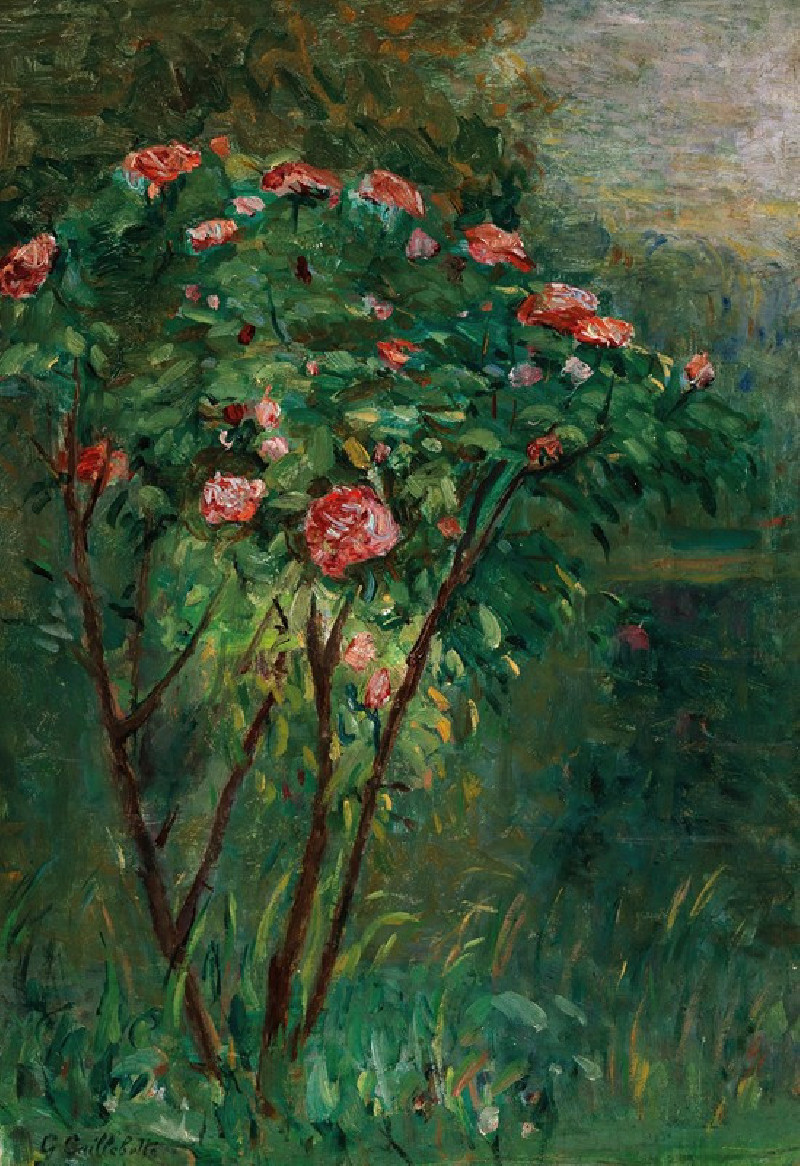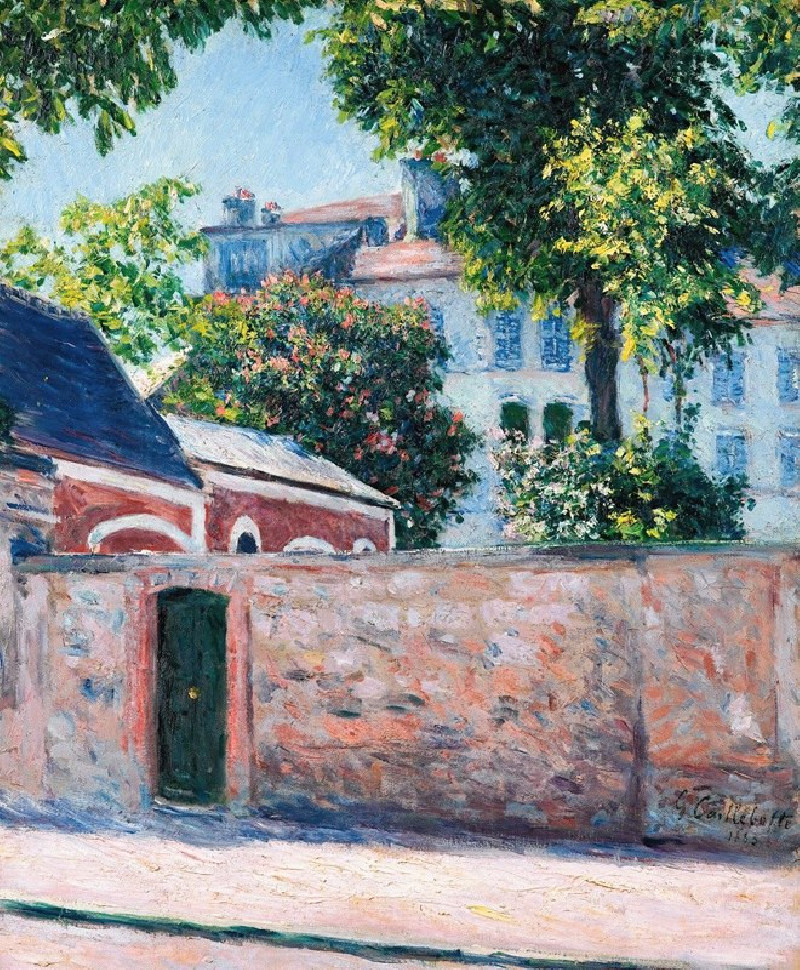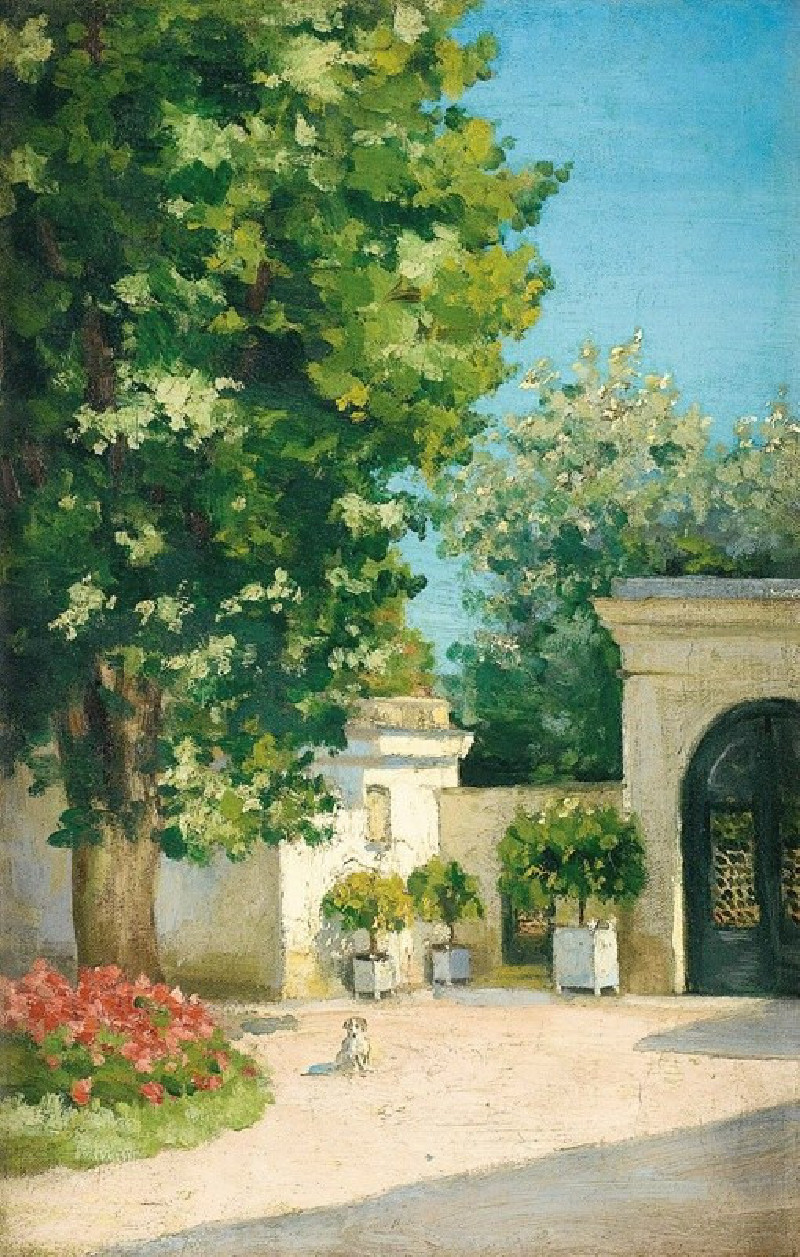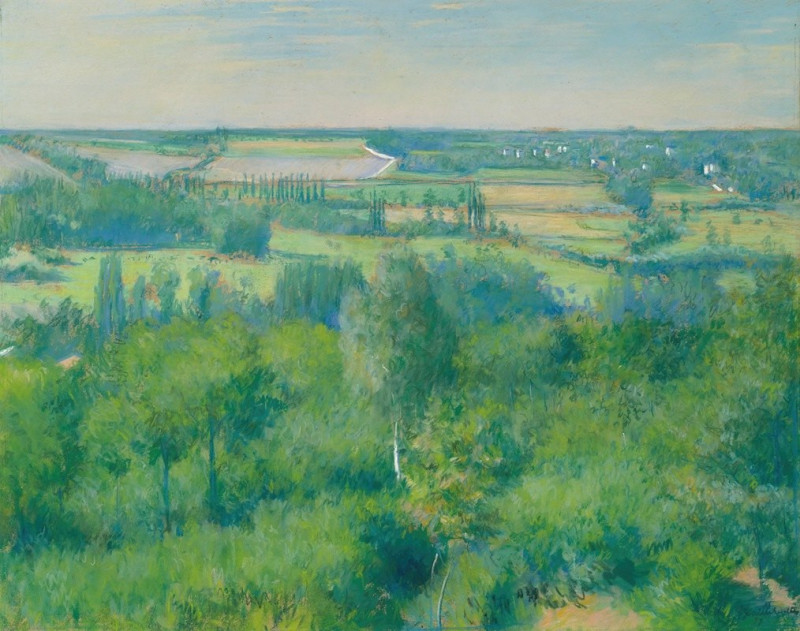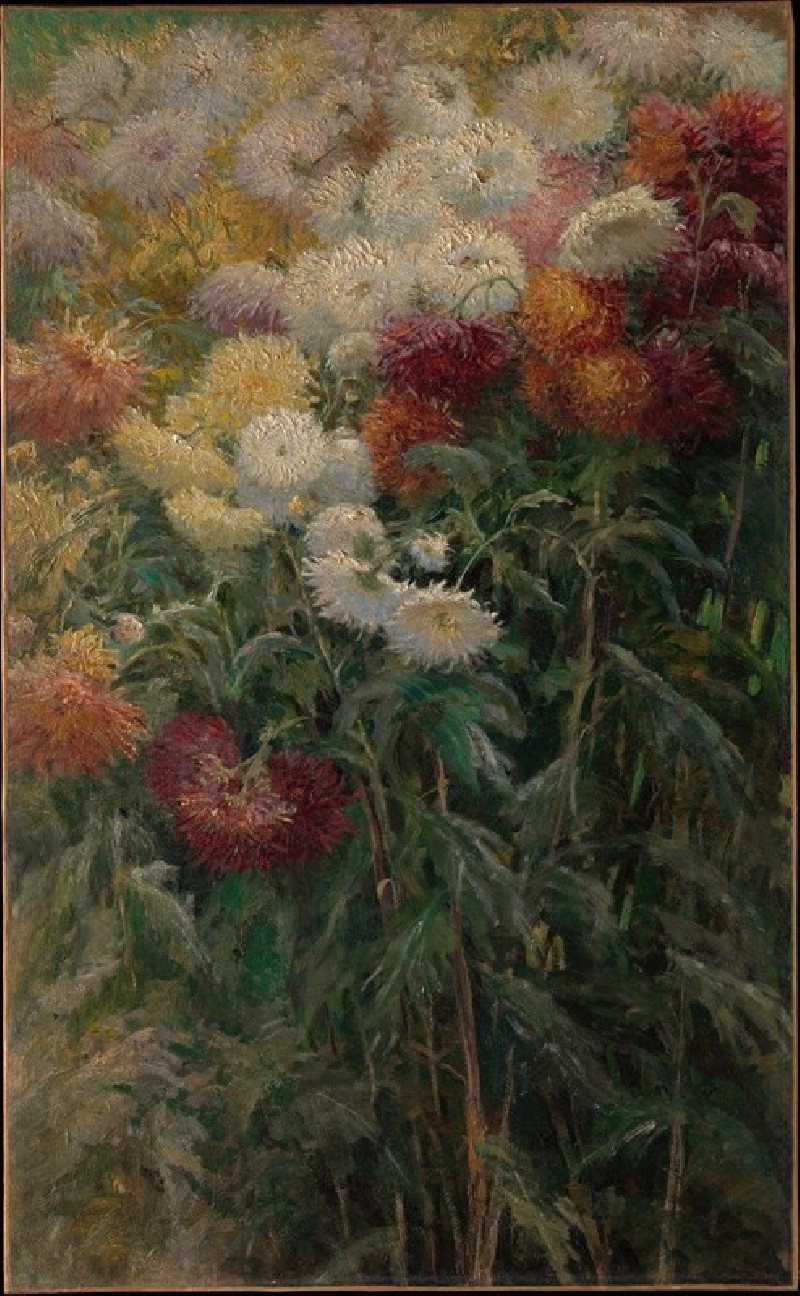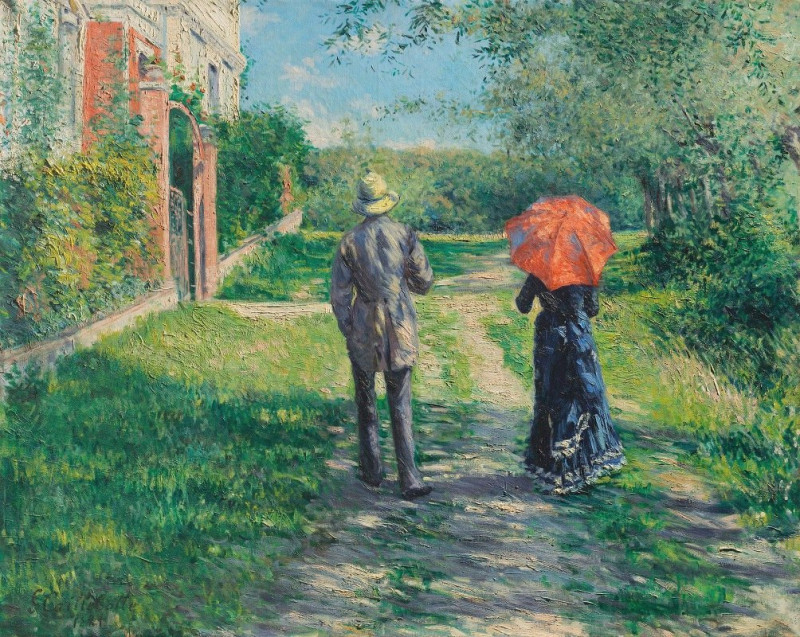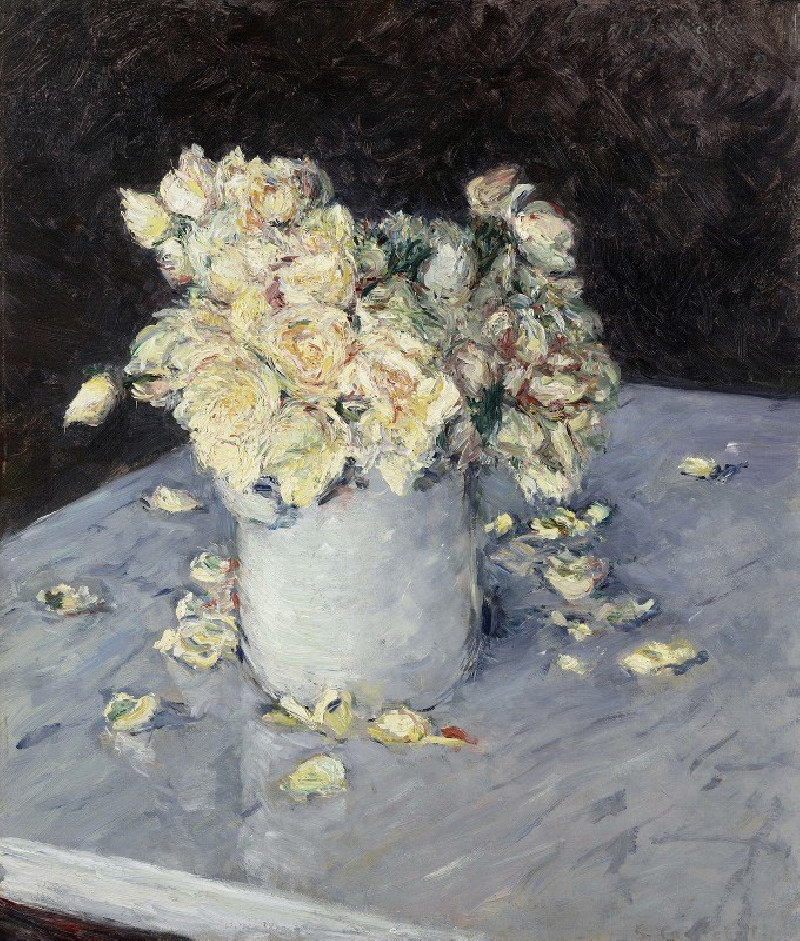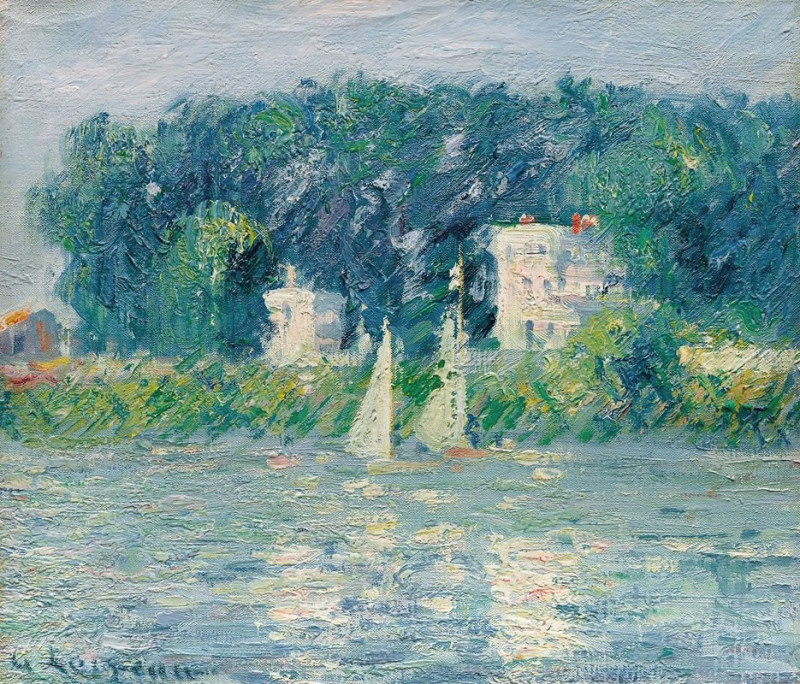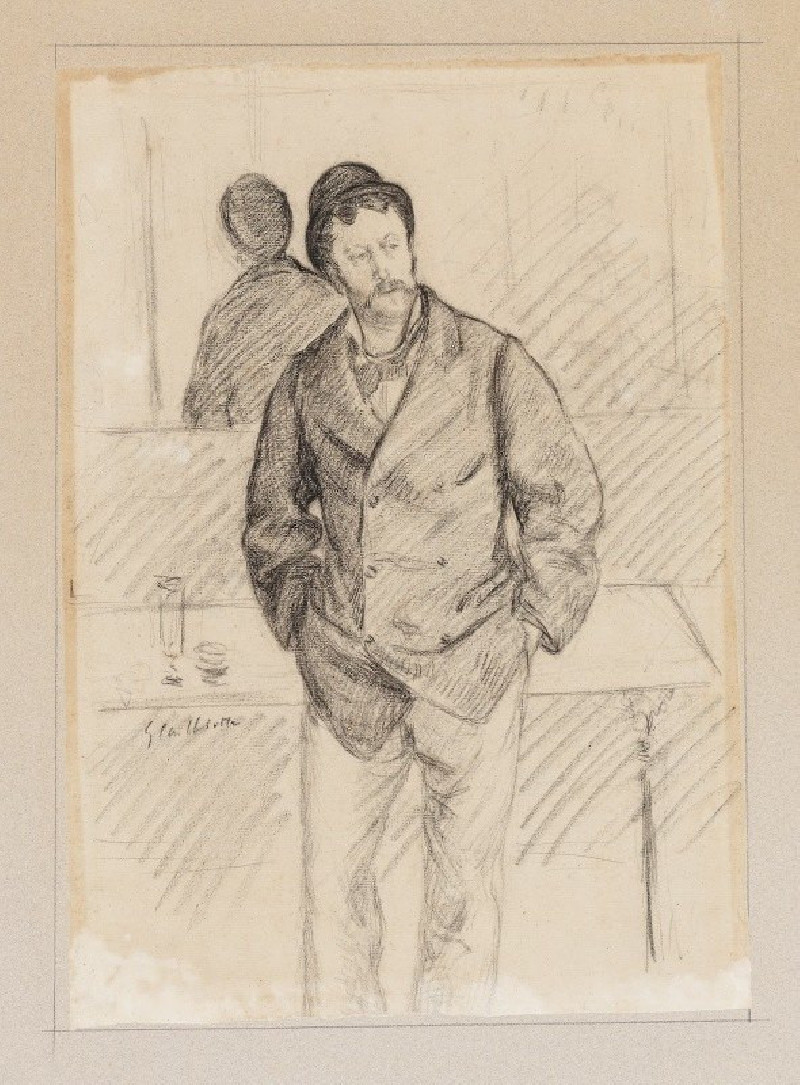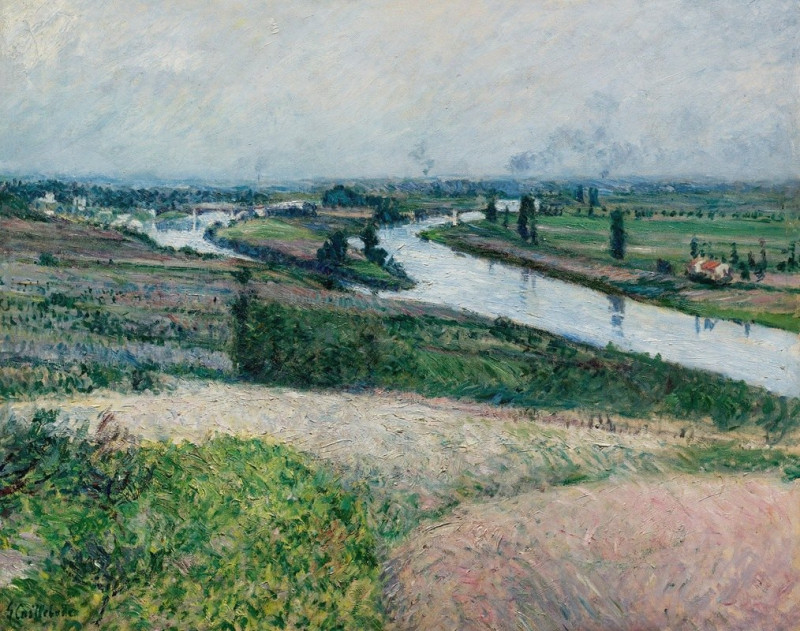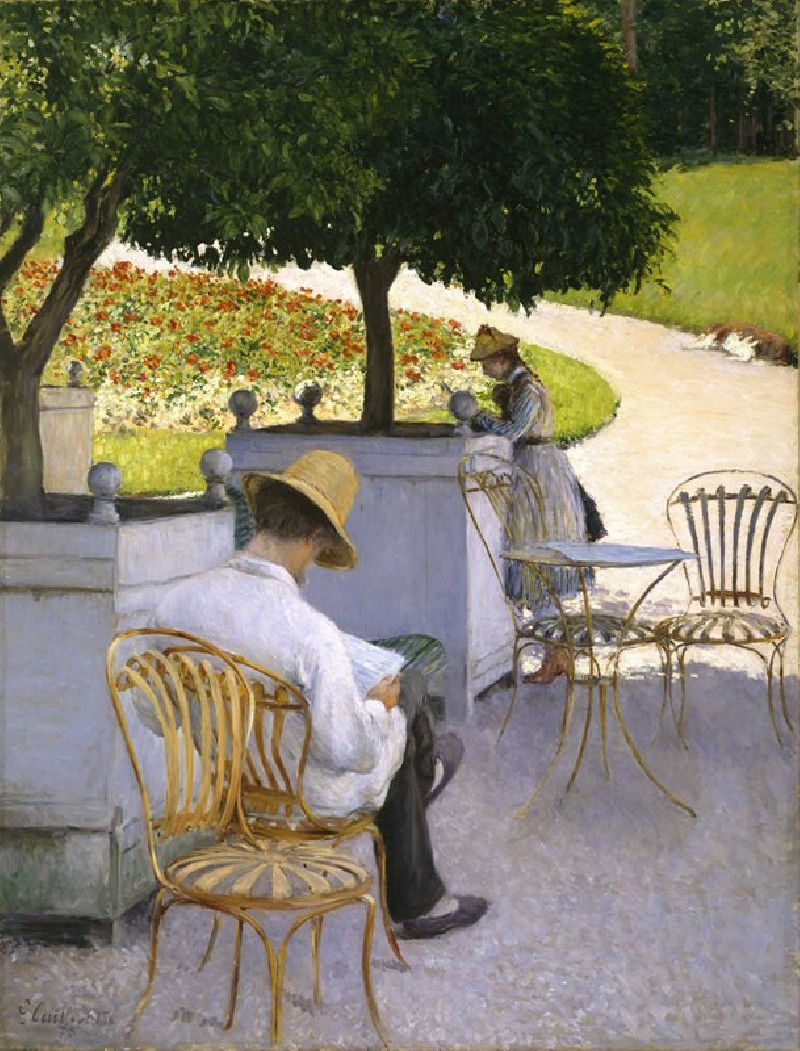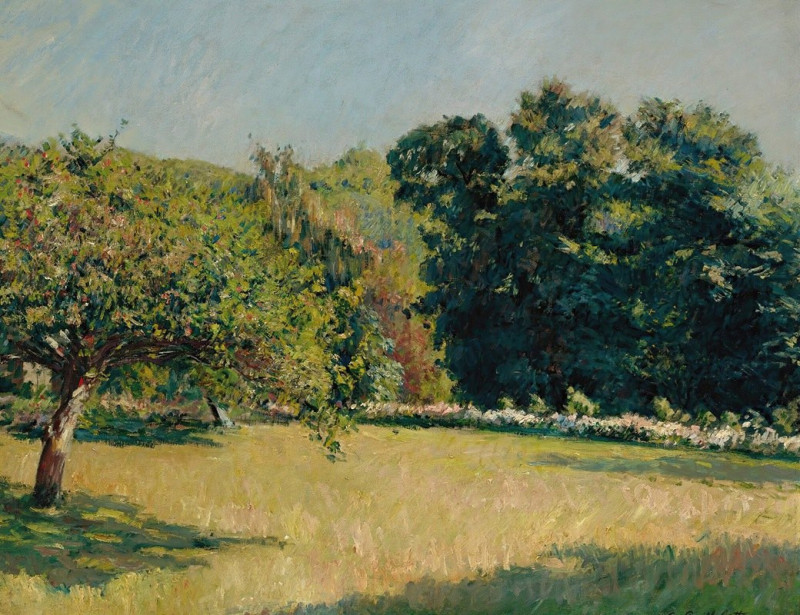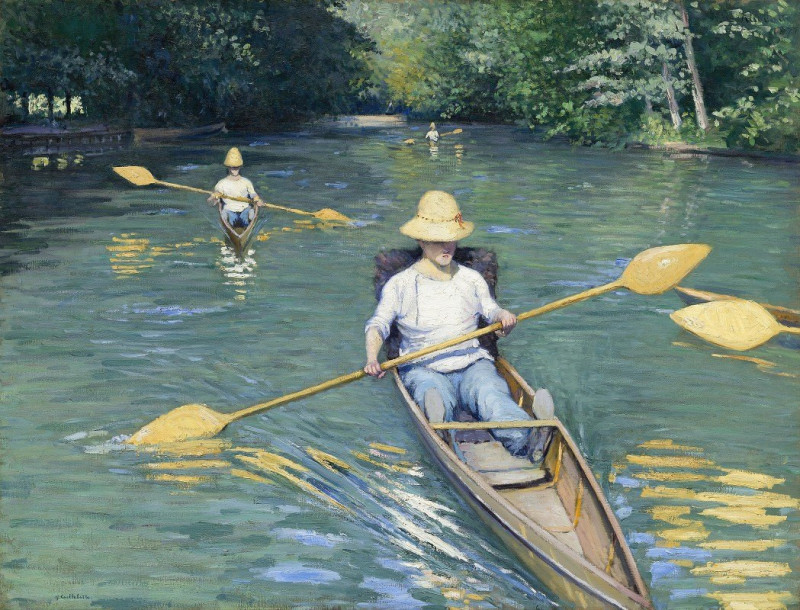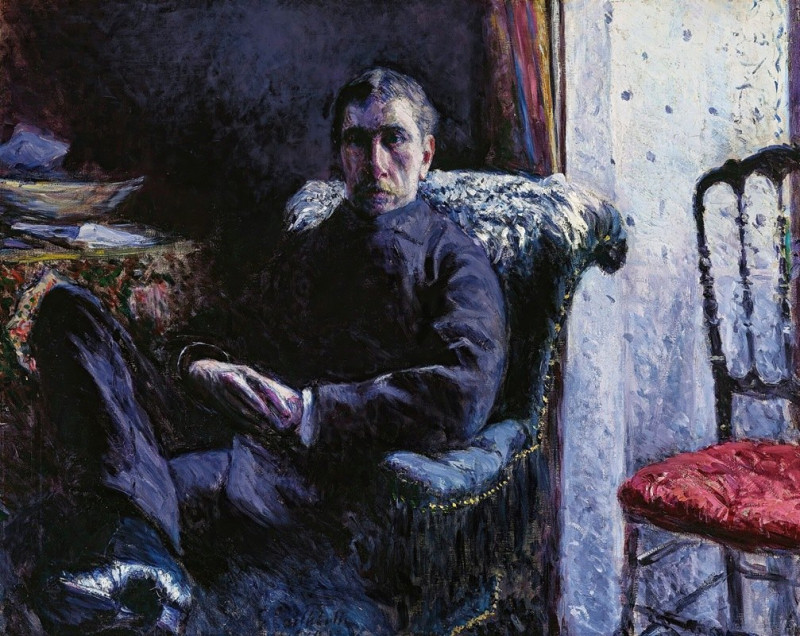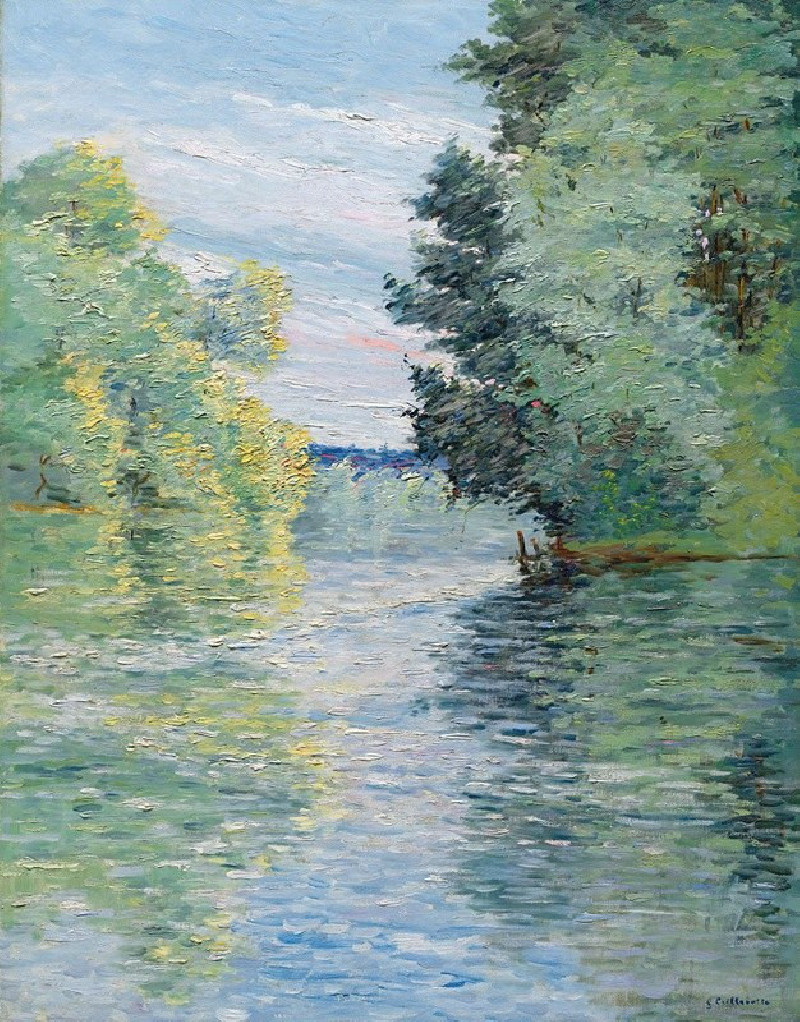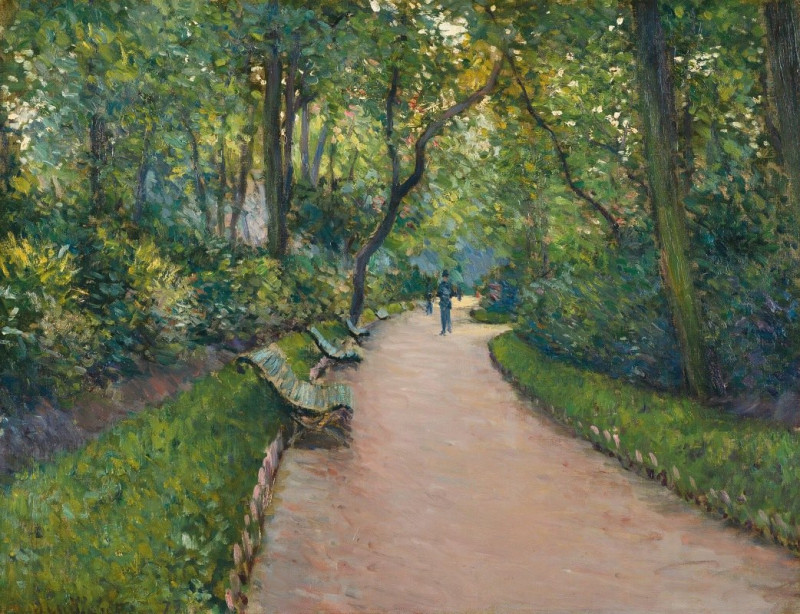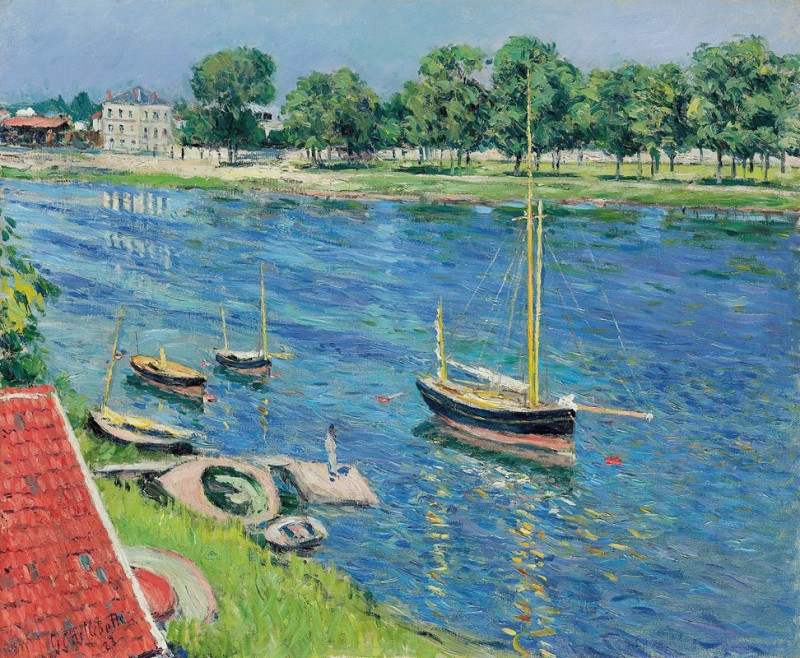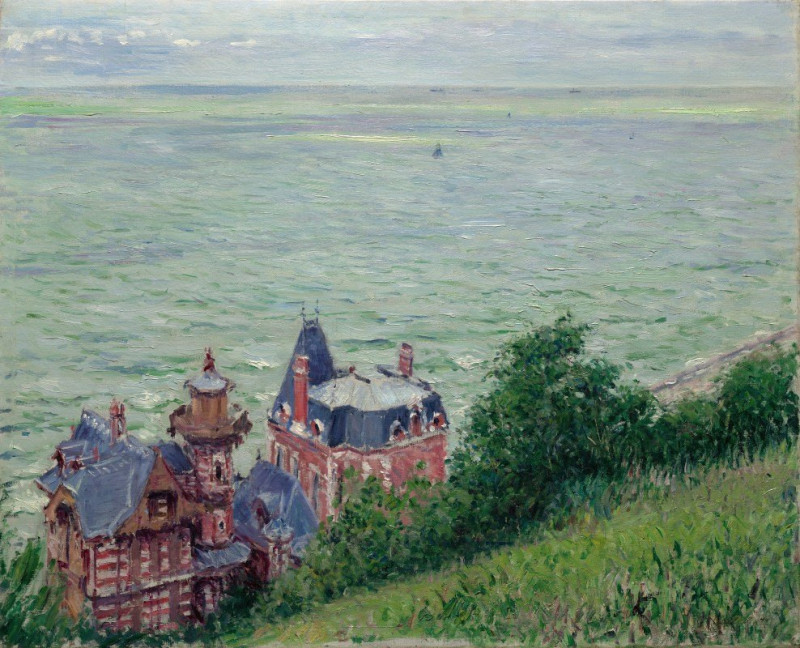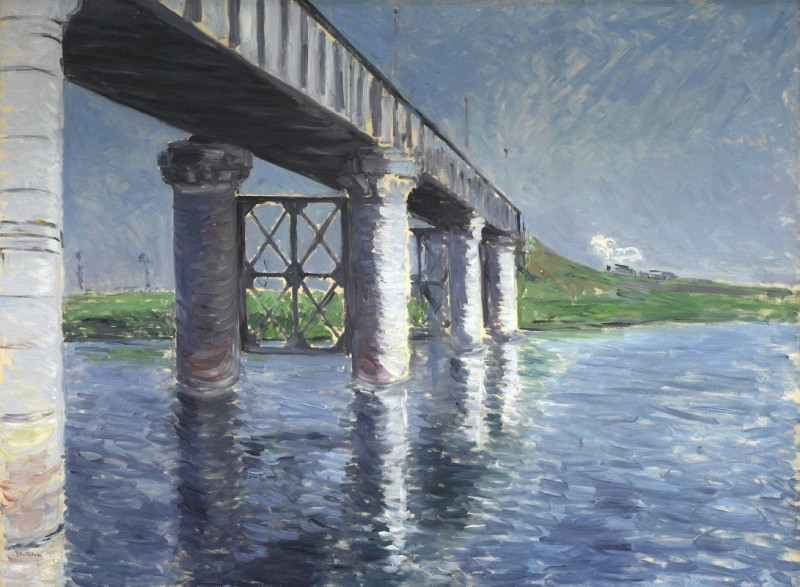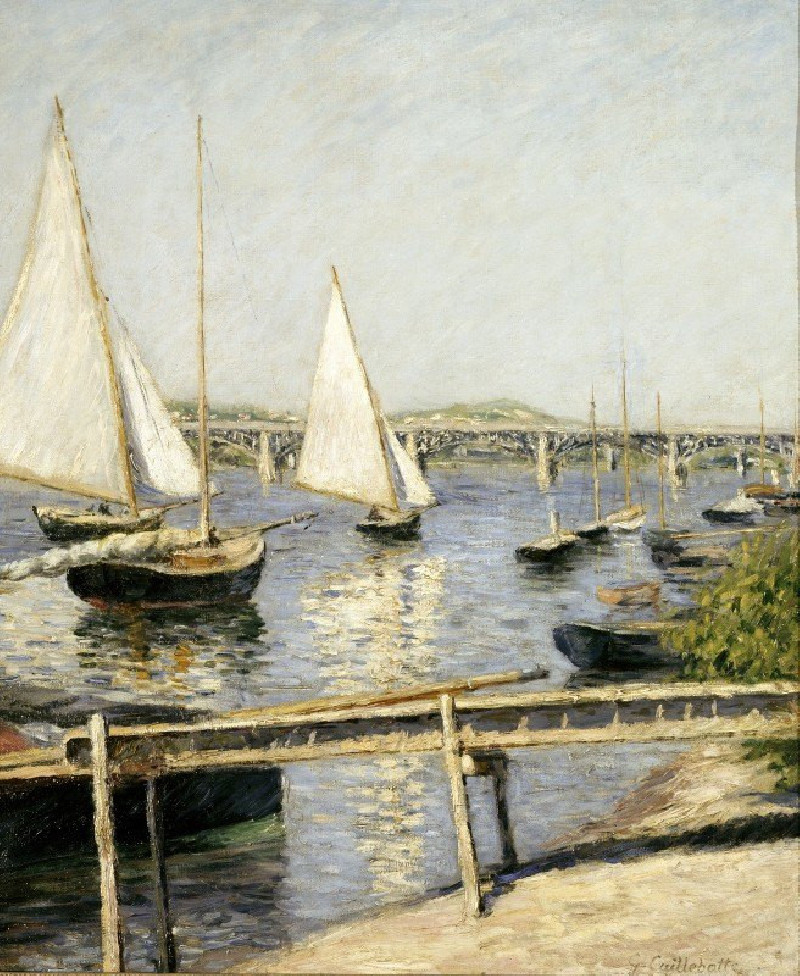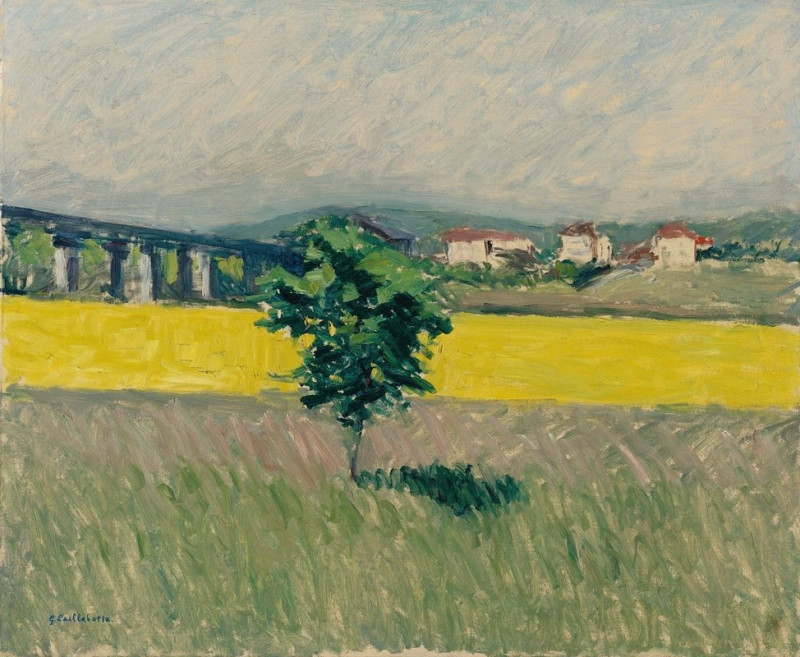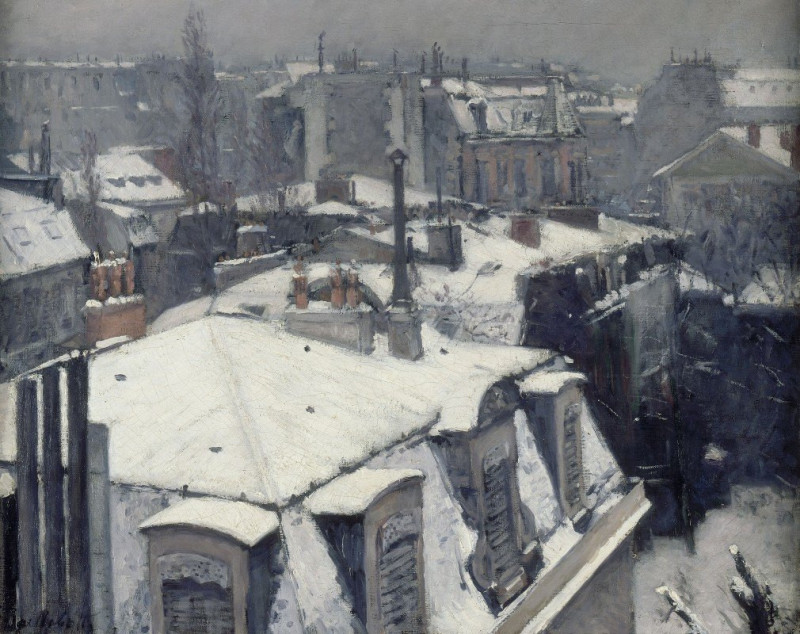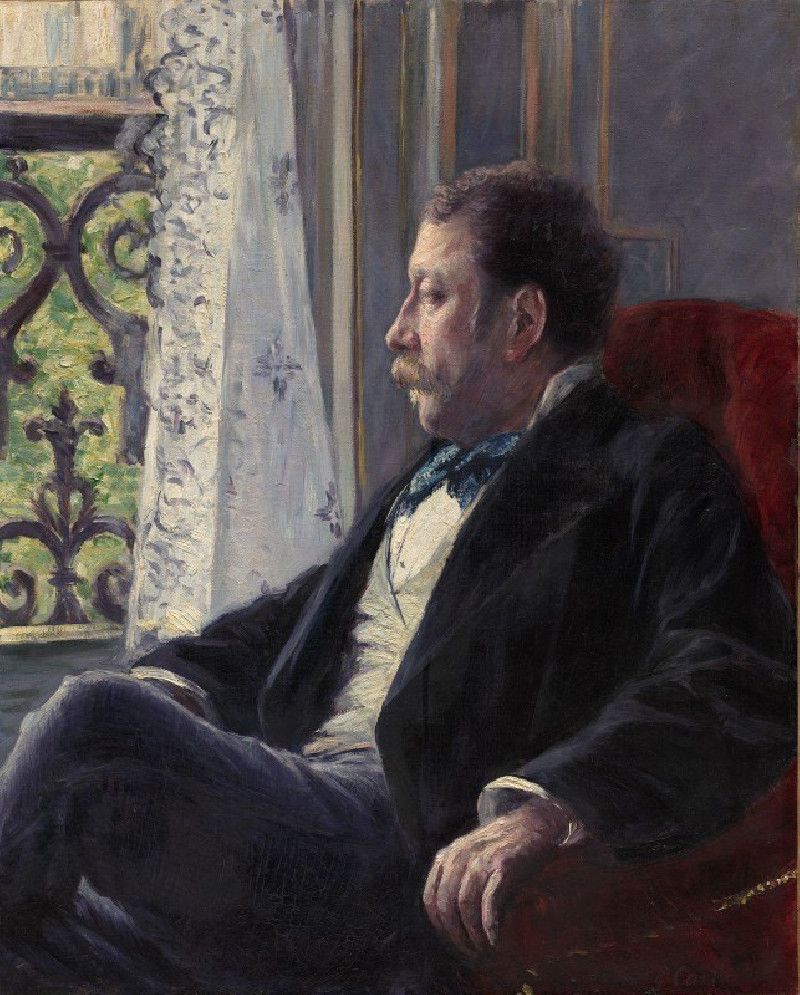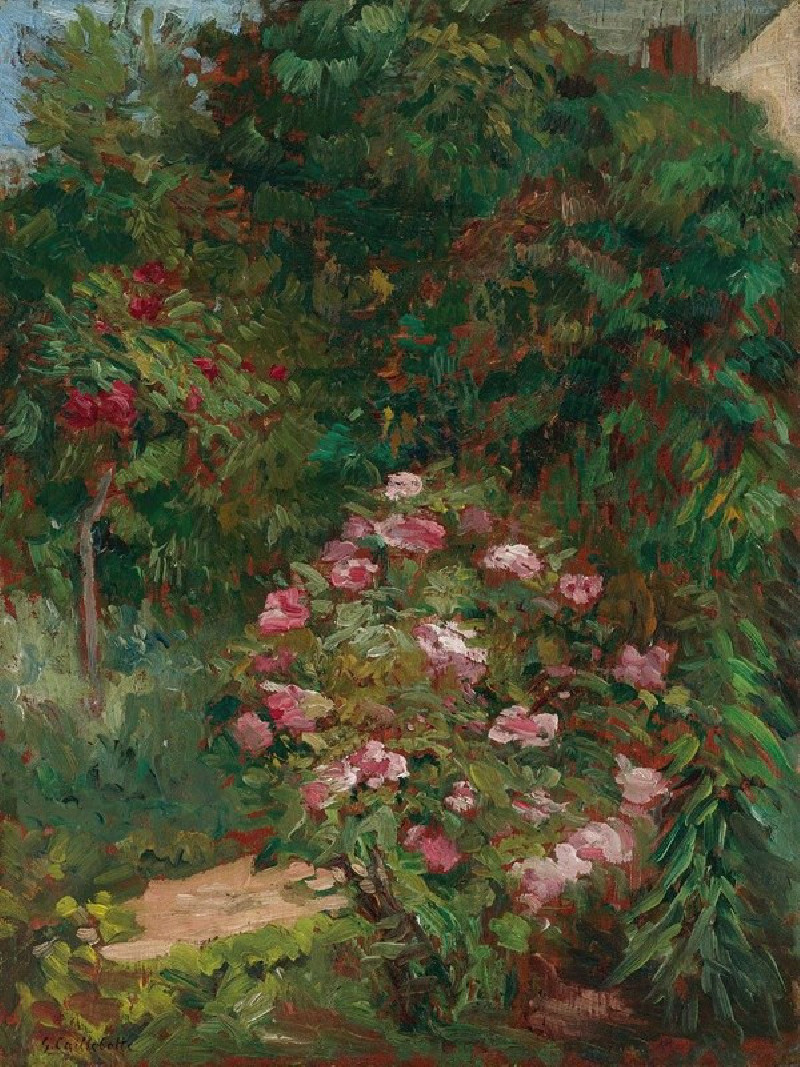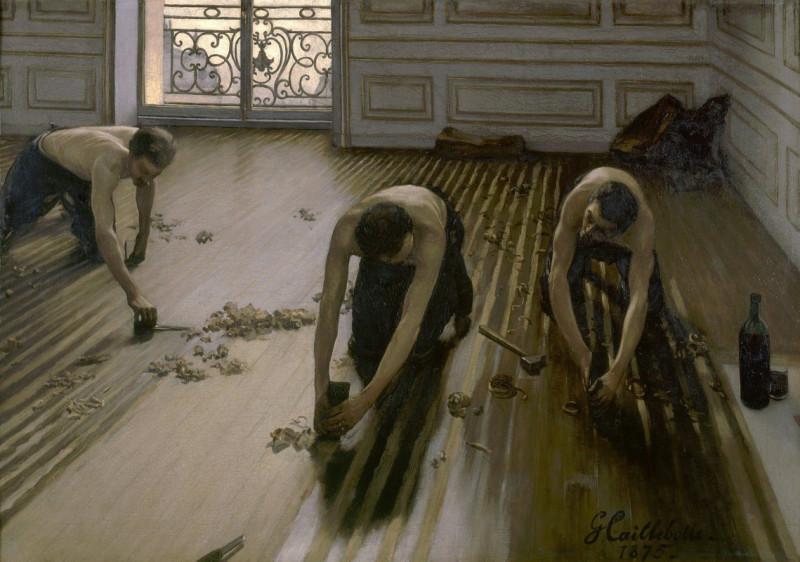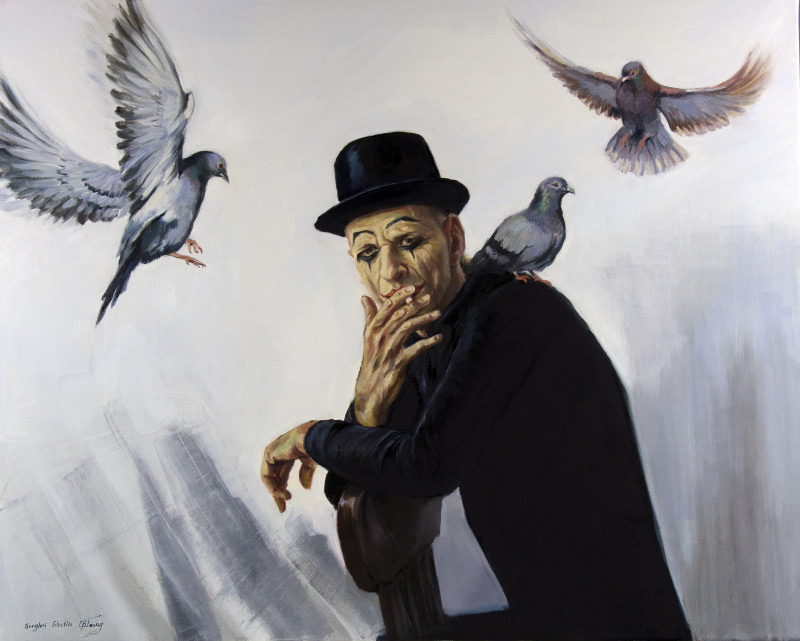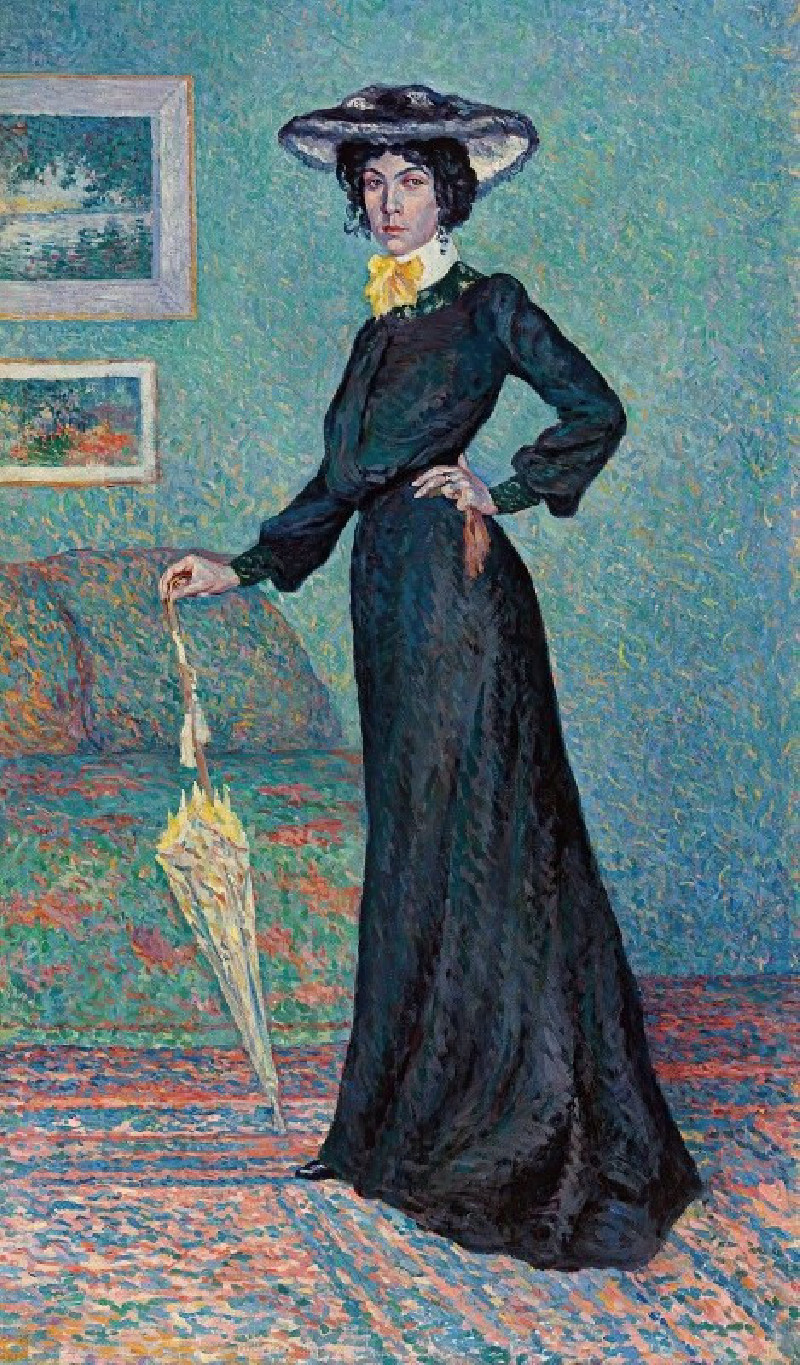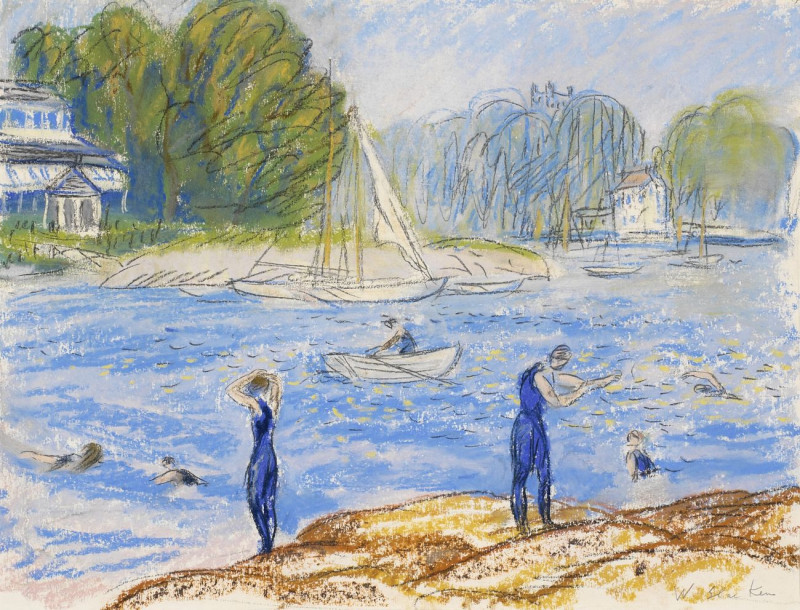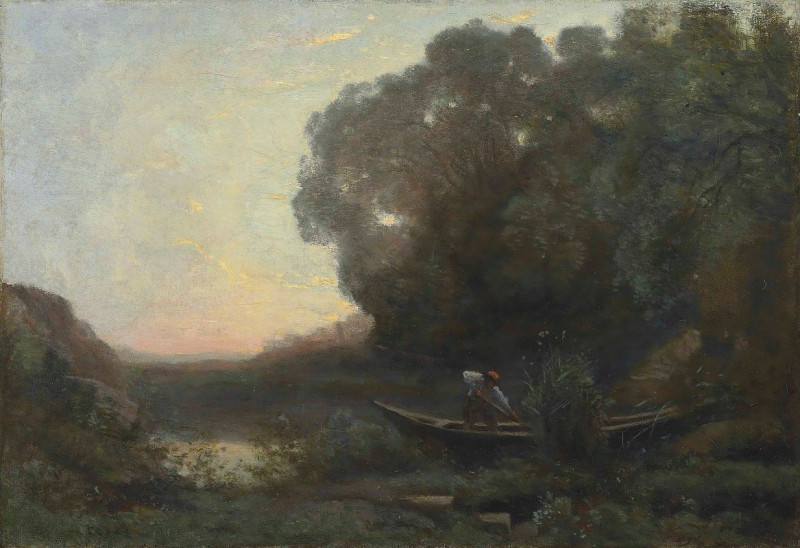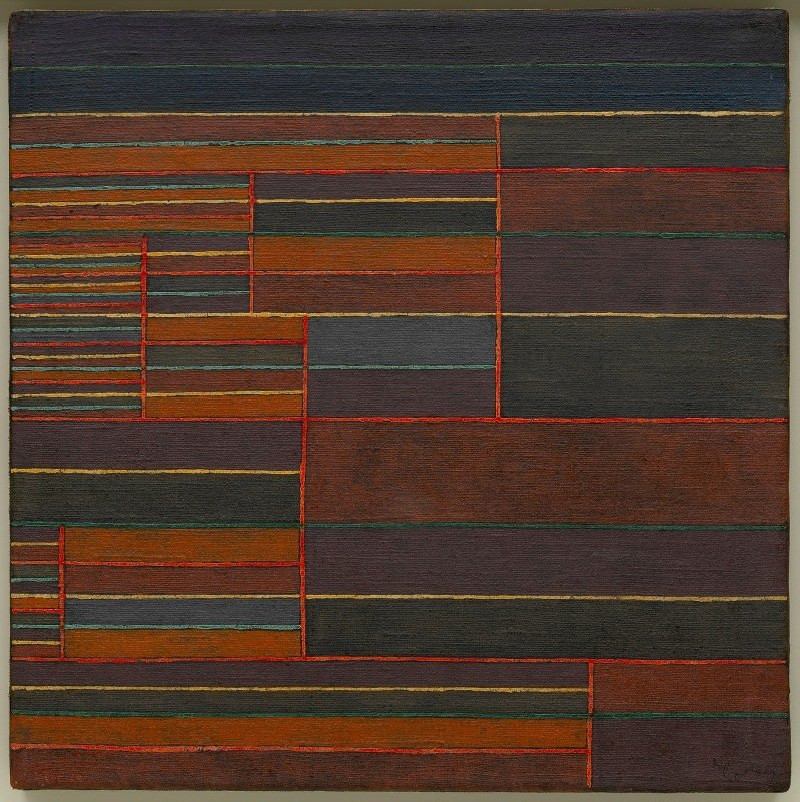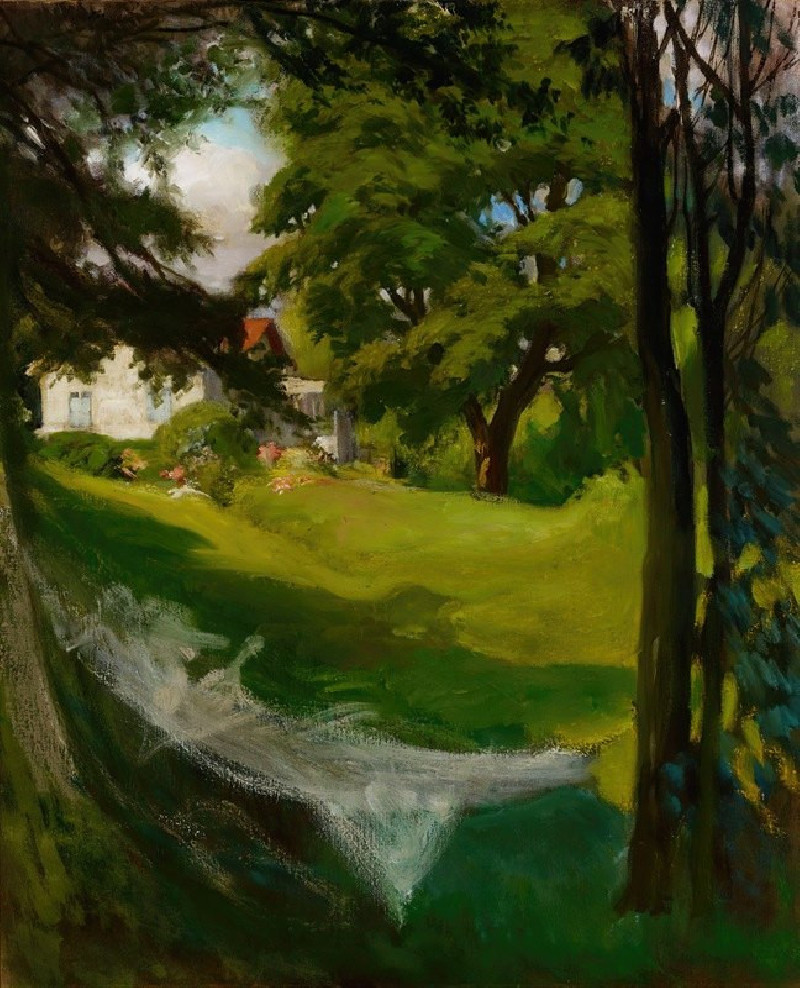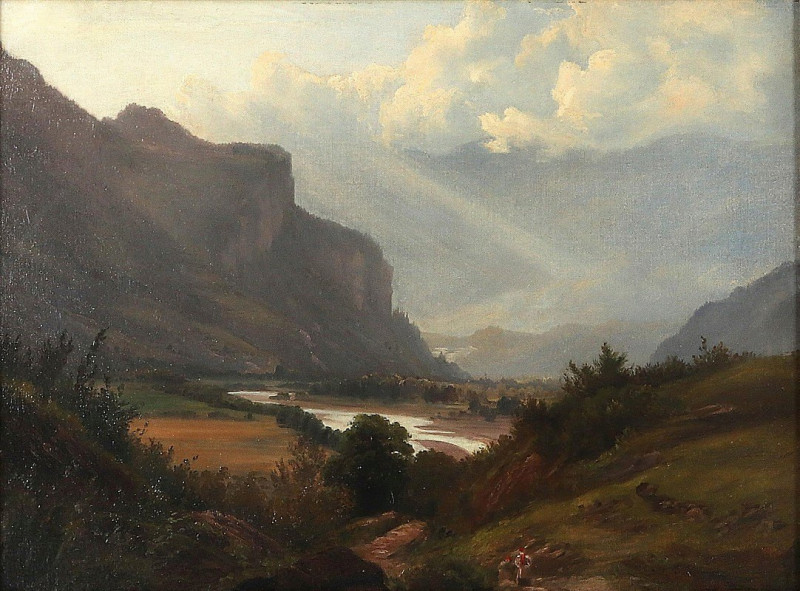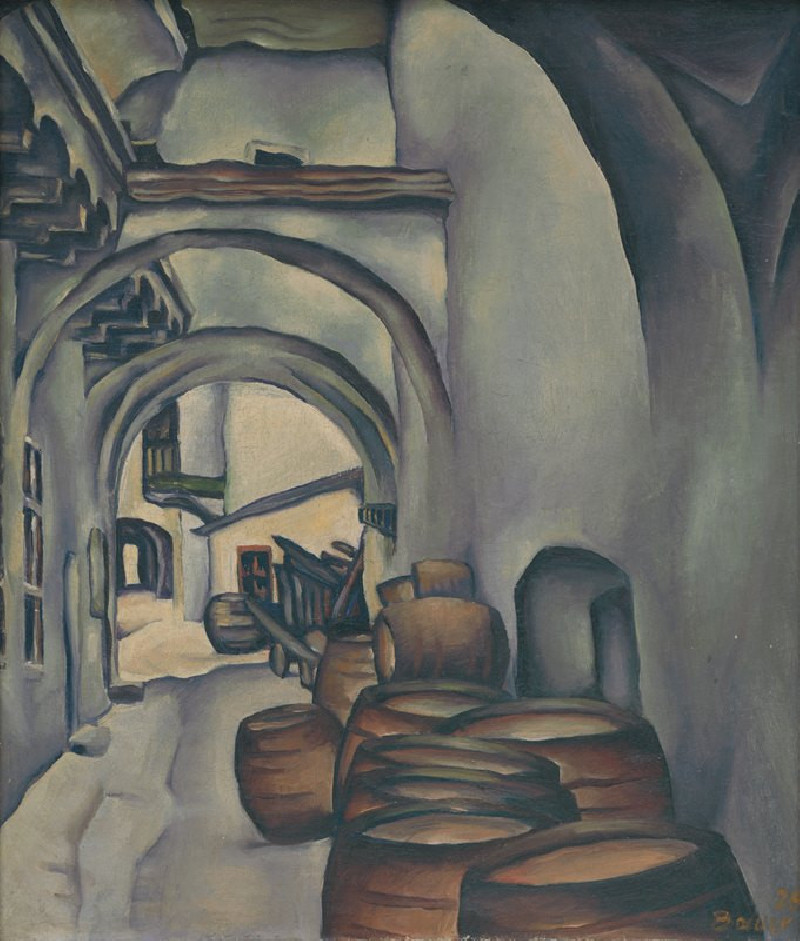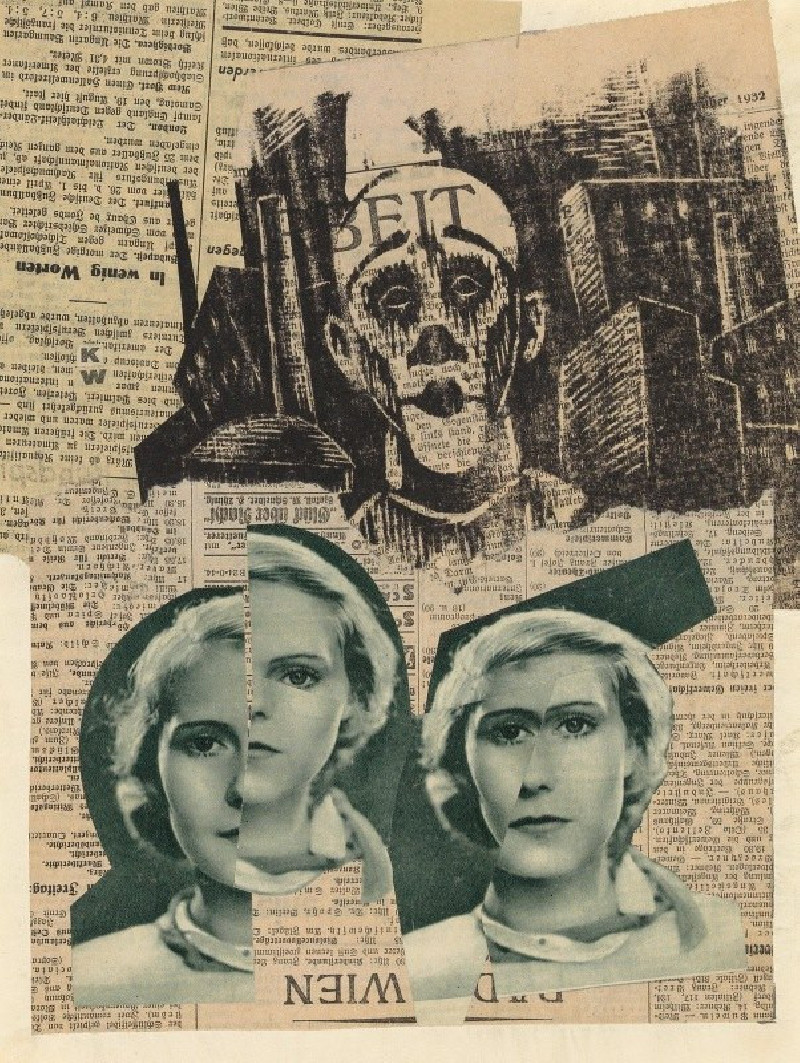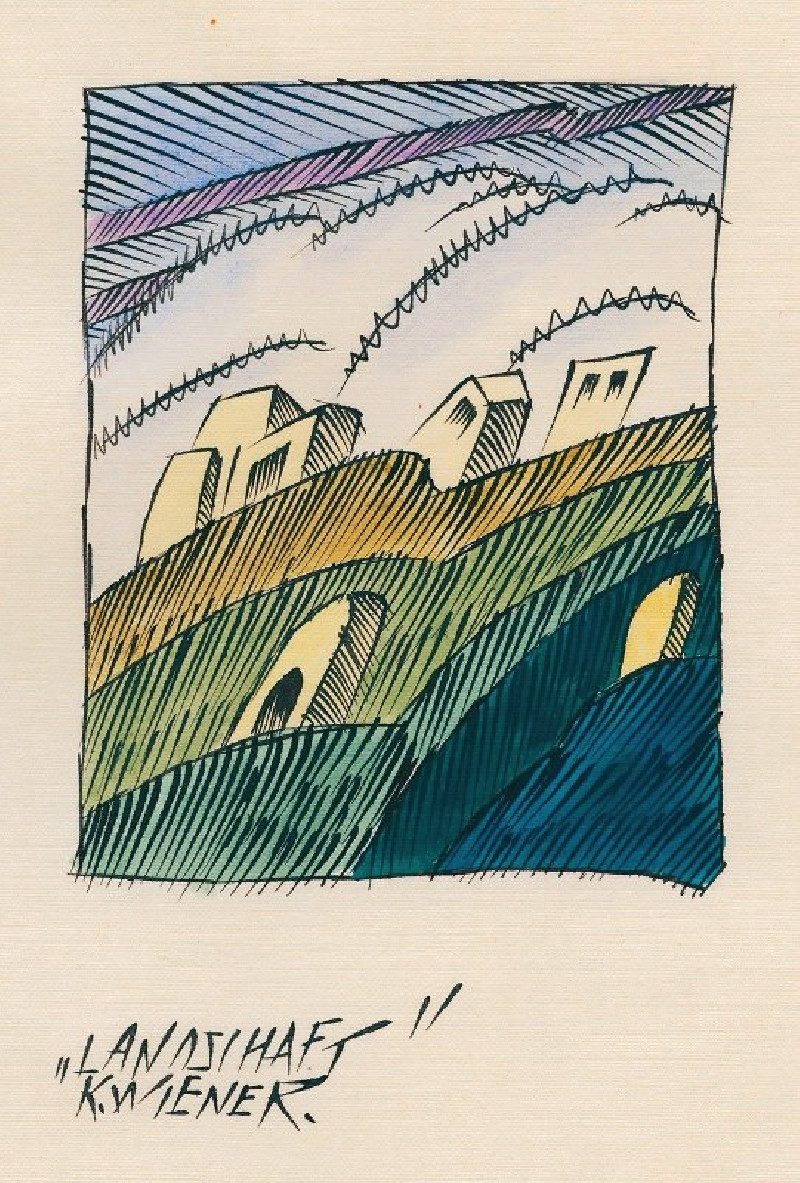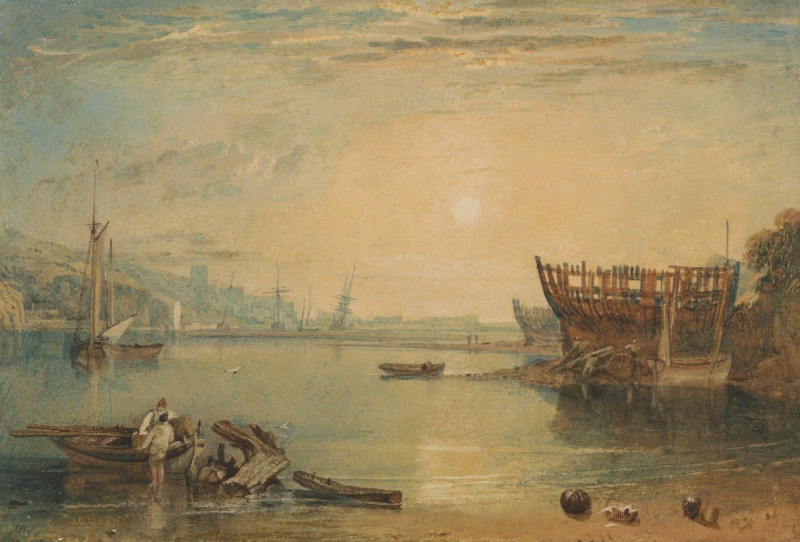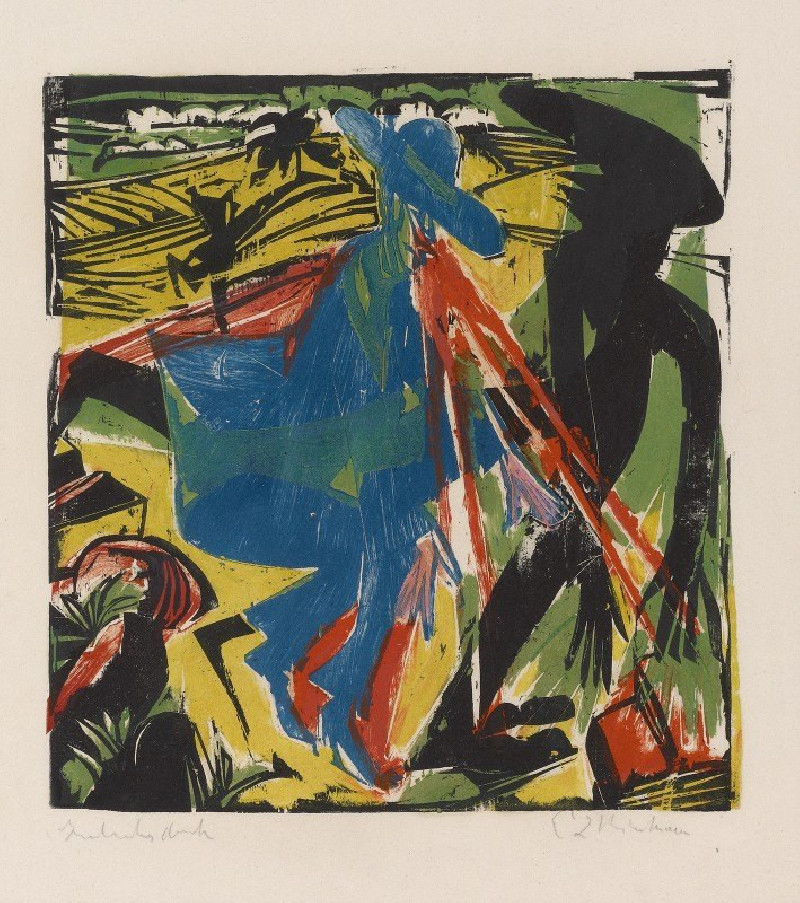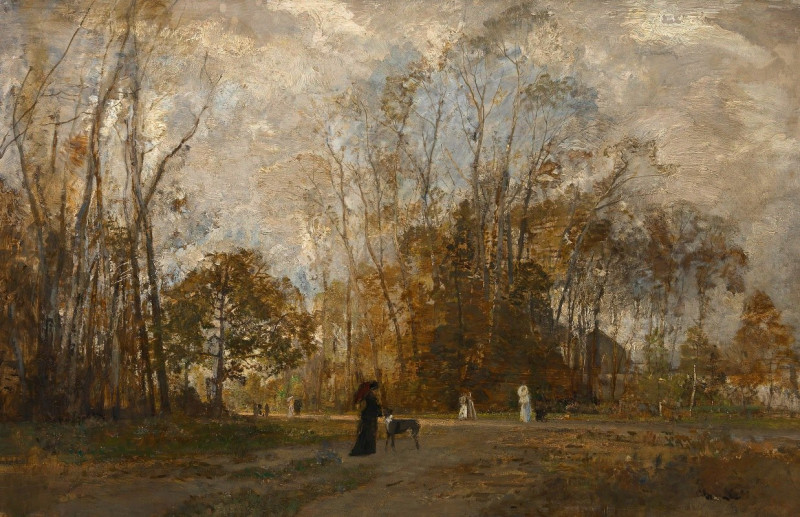Le rosier fleuri (c. 1884–1885)
Technique: Giclée quality print
Recommended by our customers
More about this artwork
"Le rosier fleuri," painted by the French artist Gustave Caillebotte around 1884-1885, captures the serene and vibrant essence of a flourishing rose bush. This exquisite artwork portrays the lush, soft petals of roses bathed in natural light, with a rich palette of greens that envelope the blooming flowers. The interplay of shadow and light, a signature technique of Caillebotte, breathes life into the roses, making them appear as gentle bursts of color amidst a verdant backdrop.The composition of "Le rosier fleuri" pulls the viewer's eye across the textured brushstrokes that mimic the chaotic yet harmonious growth of nature. Each brushstroke contributes to a sense of depth and movement, suggesting the gentle sway of the rose branches in a soft breeze. The subtle yet expressive use of color highlights the artist's skill in rendering the natural world, while also conveying the beauty of an ordinary garden scene through an extraordinary lens.As you view "Le rosier fleuri," allow yourself to be transported into Caillebotte's world - a world where nature's simple elegance is celebrated and preserved forever in paint.
Delivery
Returns
Gustave Caillebotte (1848–1894) was a French painter who combined impressionist and academic styles in his artworks. Despite the fact that he is considered a great impressionist artist today, his posthumous reputation was not as significant. Most of his paintings were kept by his family and not exhibited nor reproduced until the late 20th century. His artworks depict scenes from Parisian streets, modern urban environments, as well as rural country scenes and flowers.

